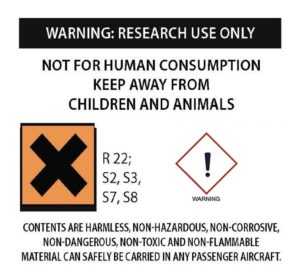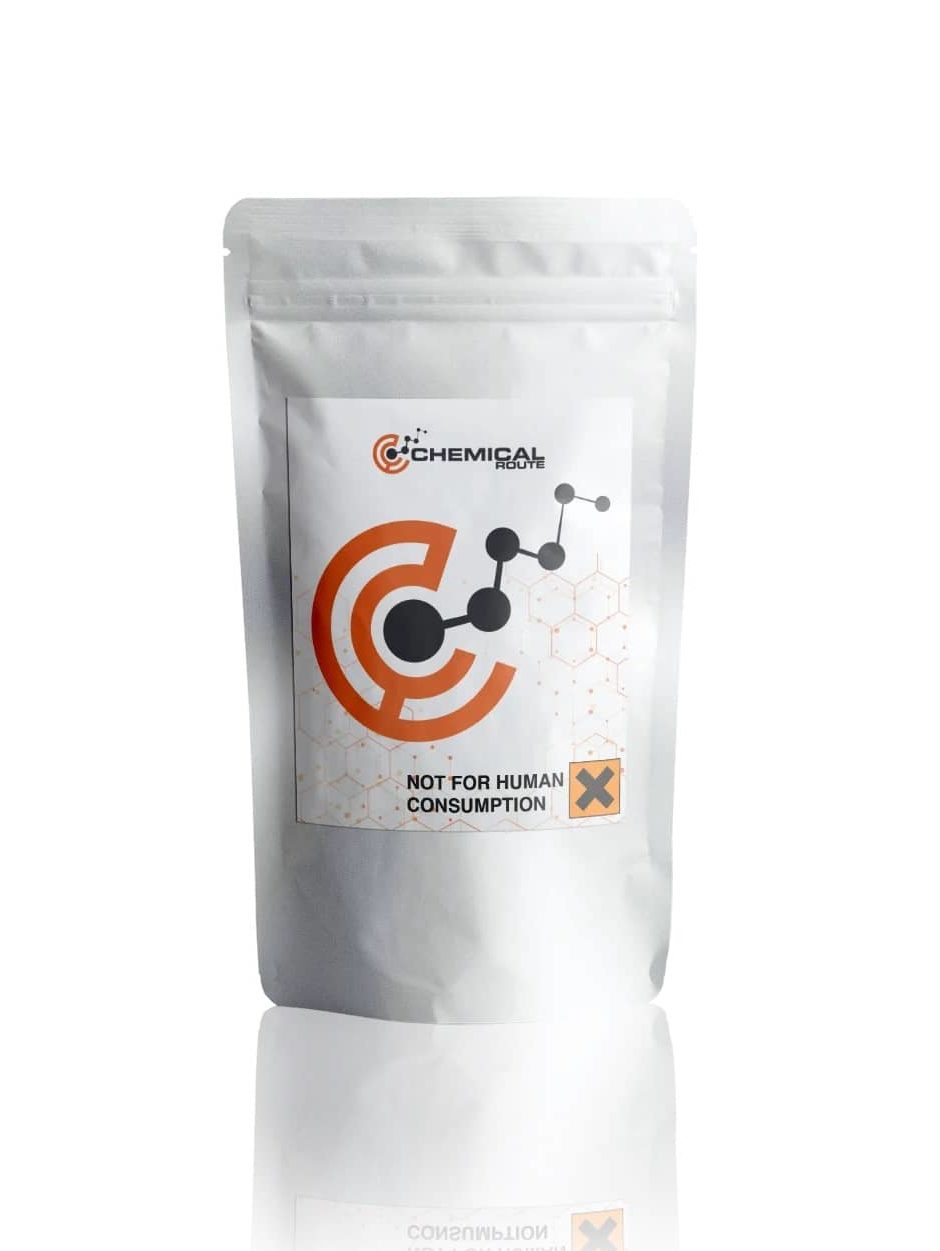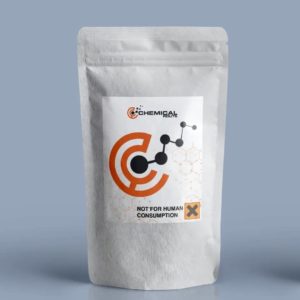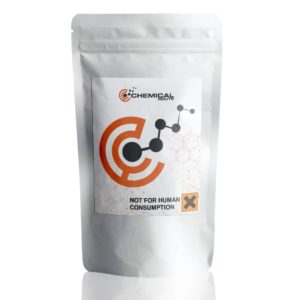Description
4-Fluorophenylpiperazine, para-Fluorophenylpiperazine
Product information
IUPAC-name 1-(4-fluorophenyl)piperazine
Synonyms 4-Fluorophenylpiperazine, para-Fluorophenylpiperazine, pFPP, 4-FPP, Fluoperazine, Flipiperazine
Formal name 1-
Cas number 2252-63-3, 64090-19-3 (dihydrochloride)
Formula C10H13FN2, C10H13FN2 • 2HCl
Molar Mass 180.226 g·mol−1
Purity 99.0 % min.
Formulations A neat solid, Powder
Solubility
- DMSO: 10 mg/ml
- PBS (pH 7.2): 10 mg/ml
4-Fluorophenylpiperazine, para-Fluorophenylpiperazine, pFPP, 4-FPP, Fluoperazine, Flipiperazine
Para-Fluorophenylpiperazine, also known as Flipiperazine, is a piperazine derivative that can cause euphoria and mild psychedelic effects. It can be used as an ingredient in recreational drugs, such as “Party pills.” These drugs were initially sold in New Zealand.
A class of drugs known as phenylpiperazines is an entactogenic substance that can direct the release of serotonin. However, substitutes for this drug, such as 1-(3-chlorophenyl)-piperazine, are commonly abused.
PFPP is mainly used as a 5-HT1A receptor agonist. It can also induce the release of serotonin and norepinephrine by inhibiting the reuptake of these two chemicals.
Originally, pFPP was regarded as a byproduct of the niaprazine and 5-HT2A receptor antagonists. In 2003, it was discovered to be a potential recreational drug. It was initially sold in New Zealand as “Party pills,” which were marketed under the names “The Big Grin,” “Extreme Beans,” and “Mashed.” This drug has since been used as an ingredient in various other illicit substances.
Although it has little stimulant effects, pFPP can cause various side-effects, such as headaches and muscle aches. It is active at varying doses, ranging from 20 to 150 mg. Higher levels of the drug can cause these side effects, such as nausea and vomiting. A study revealed that pFPP can also block the multiple enzymes of the liver known as the Cytochrome P450.
Following the recommendations of the Advisory Council on the Drug Use and Addiction (ECAD), the New Zealand government enacted legislation that placed BZP and other piperazine derivatives, such as Flipiperazine, into Class C of the country’s Misuse of Drugs Act. The ban on the sale and use of these drugs was supposed to take effect on December 18, 2007. However, the law change didn’t take effect until the following year, and the products became illegal on April 1, 2008.
During the amnesty period, which ended in October 2008, the use and possession of these drugs were allowed. However, they became illegal. This drug was recently discovered in a sexual assault case in the US.
The toxicological and physiological properties of this compound has not been analyzed. Usage of this Chemical should be for research and forensic purposes only.
WARNING This product is not for human or veterinary use.

This product is only available to persons of 21 years old and above.
Hazard statement(s)
| H302 | Harmful if swallowed |
| H315 | Causes skin irritation |
| H319 | Causes serious eye irritation |
| H332 | Harmful if inhaled |
| H335 | cause respiratory irritation |
| H336 | cause drowsiness or dizziness |
| Precautionary statement(s) | |
| P264 | Wash hands thoroughly after handling |
| P280 | protective gloves/protective clothing/eye protection/face protection |
| P305 + P351 + P338 | IF IN EYES: Rinse cautiously with for several minutes. Remove contact lenses, if present and easy to do. Continue rinsing. |
| P337 + P313 | If eye irritation persists: Get medical advice/attention |
| P261 | Avoid breathing dust/ fume/ gas/ mist/ vapors/ spray |
| P271 | Use only outdoors or in a well-ventilated area |
| P304 + P340 | IF INHALED: Remove victim to fresh air and keep at rest in a position comfortable for breathing |
| P312 | Call a POISON CENTER or doctor/physician if you feel unwell |
| P403 + P233 | Store in a well-ventilated place. Keep container tightly closed |
| P405 | Store locked up |
| P501 | Dispose of contents/container to a licensed disposal company |




Reviews
There are no reviews yet.